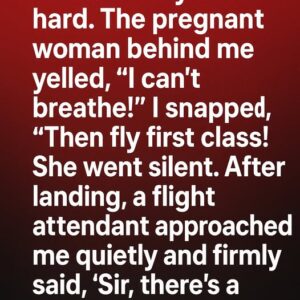They didn’t recognize it at first, only that something was wrong—too wrong to ignore. A tightening grip over the heart, a sudden pallor, a cough that carried a strange, hollow edge. Instincts clashed with denial as voices rose, a chair scraped back, a phone was dialed with trembling hands. No one knew exactly what to do, but doing nothing felt unforgivable. Those first chaotic seconds would quietly redraw the line between what almost hap. In the aftermath, what lingers is not just the fear but the unmistakable proof that ordinary people can make a critical difference. The scattered memories of a phone clutched too tightly, a voice kept steady on purpose, and a path cleared through confusion all add up to something profoundly human: the choice to act.
Even without perfect knowledge, they refused to let uncertainty become paralysis, and that decision helped steady the outcome. Over time, the story has transformed from a near-tragedy into a touchstone for everyone who was there. It serves as a reminder that emergencies rarely arrive with clear labels, and that trusting an uneasy feeling can be lifesaving. The experience reinforced the value of basic preparedness, of knowing how and when to call for help, and of staying present in those uncomfortable moments when normal life suddenly feels fragile yet deeply interconnected.





